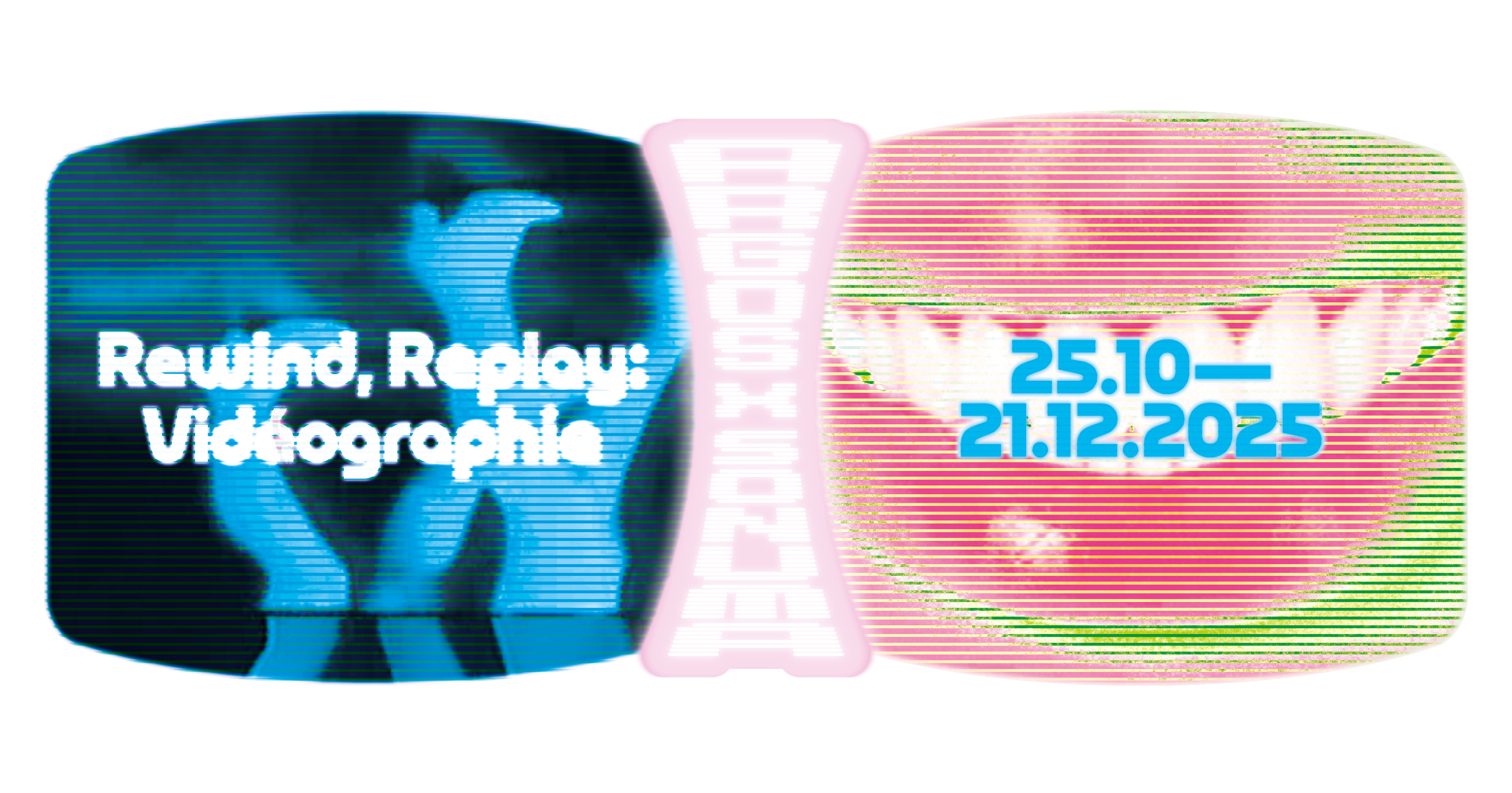Vidéographie: echoes from the archive

Vidéographie, produced and broadcast from 1976 to 1986, helped bring visibility to many Belgian video artists, both French- and Dutch-speaking. Some of the works shown at the time are now preserved in the argos archive. The exhibition dedicated to Vidéographie offers an opportunity to rediscover two of the most striking Belgian video-art works from the 1980s, drawn from the argos collection.
Diana (1984), Koen Theys
colour, eng sub, 25’34”
 |
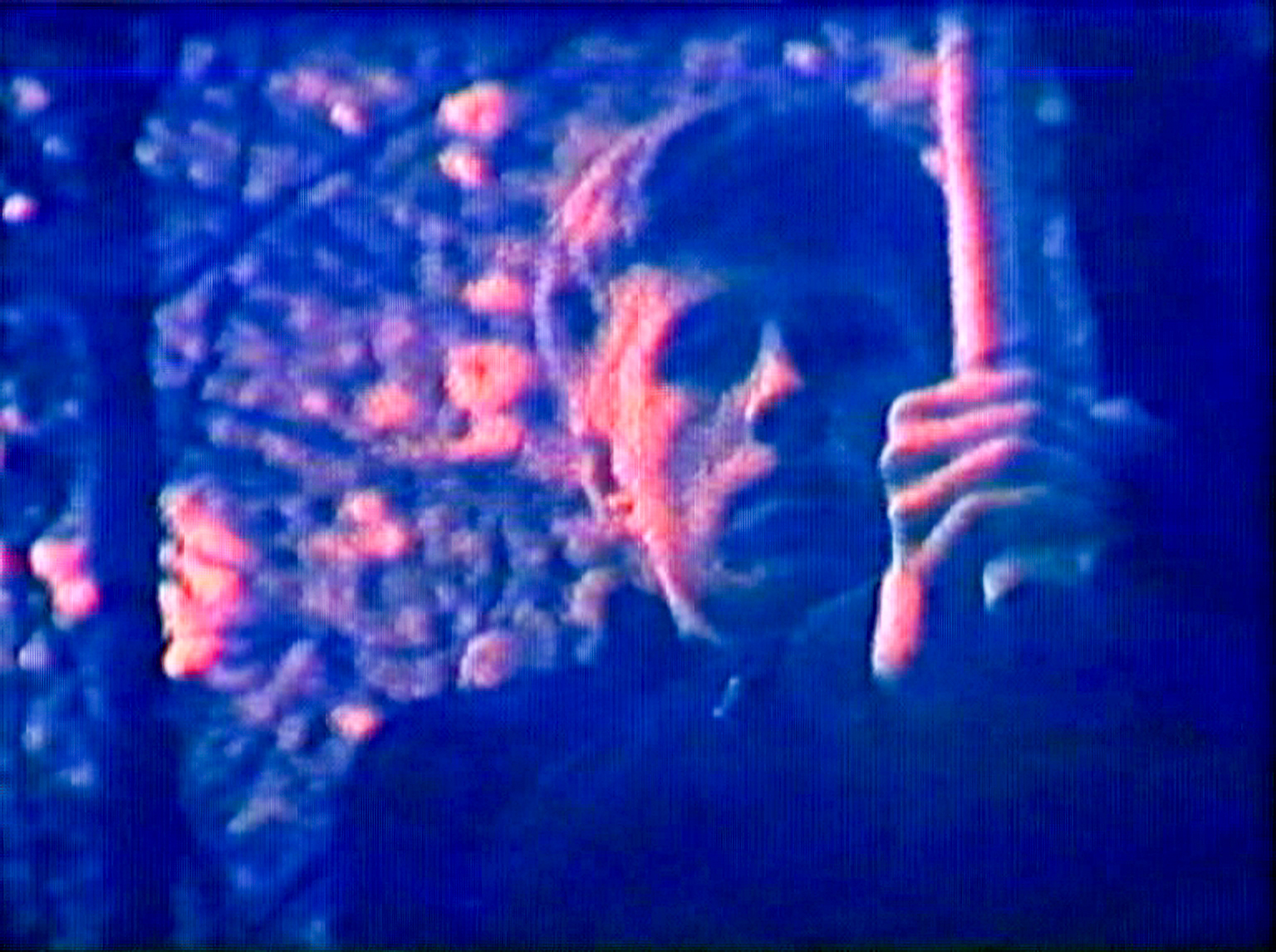 |
 |
Koen Theys was one of the first Belgian artists to experiment with video art in the early 1980s.
He frequently deconstructs major symbols of Western culture by confronting them with contemporary concerns.
Using techniques such as transfiguration, transposition, and morphing, he visually alters familiar cultural icons.
Diana draws inspiration from an 8 mm film by Eva Braun, Adolf Hitler’s companion, in which she appears naked near a waterfall.
The work also draws on the myth of Diana, goddess of fertility, war, and the hunt, weaving together scenes of hunting, sacred rituals, and footage from the Second World War.
In this video, eroticism, violence, and religion intertwine to create a powerful and unsettling experience.
Marcher ou la fin des temps modernes (1979), Boris Lehman & Michèle Blondeel
colour, fr & eng, 27’
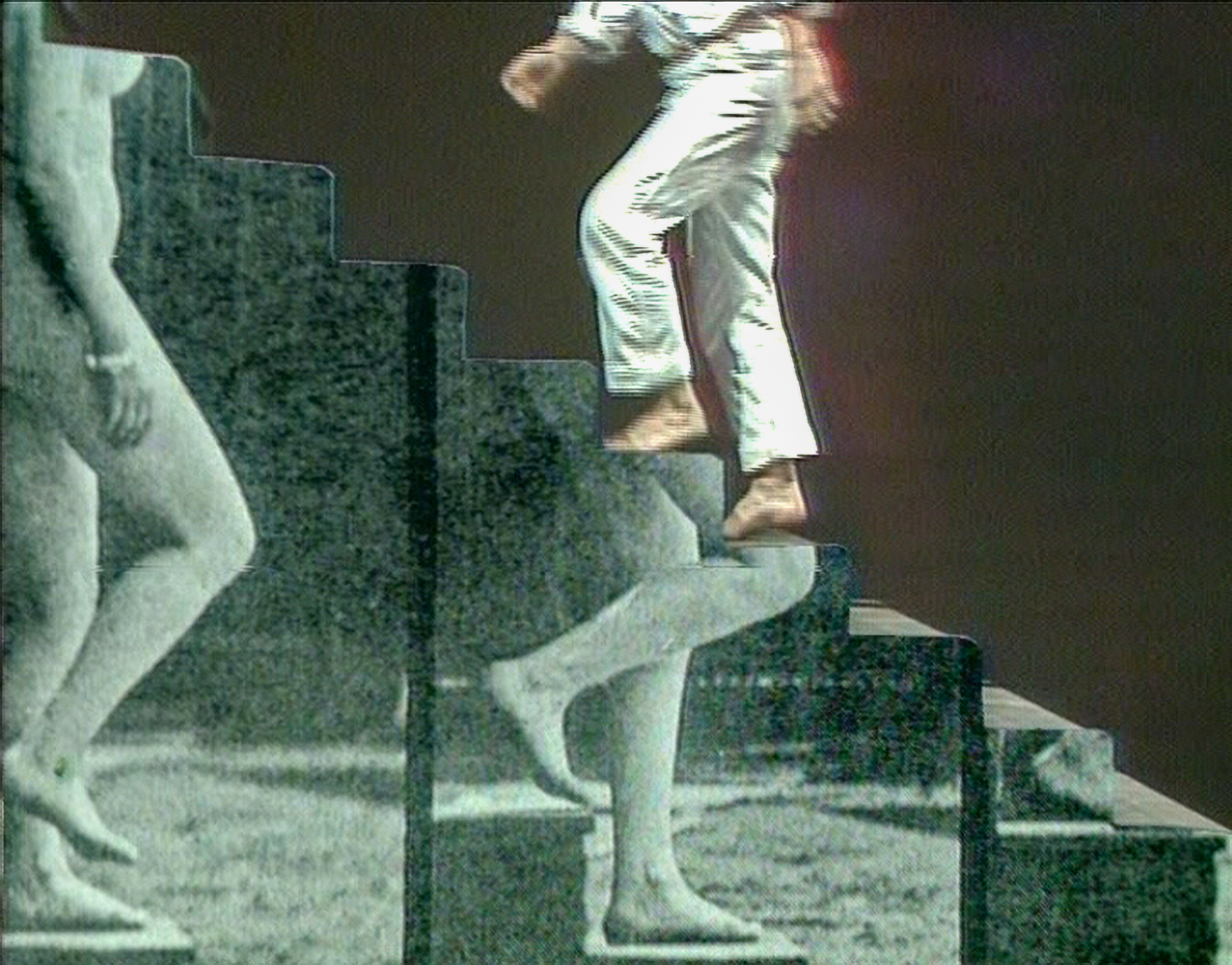 |
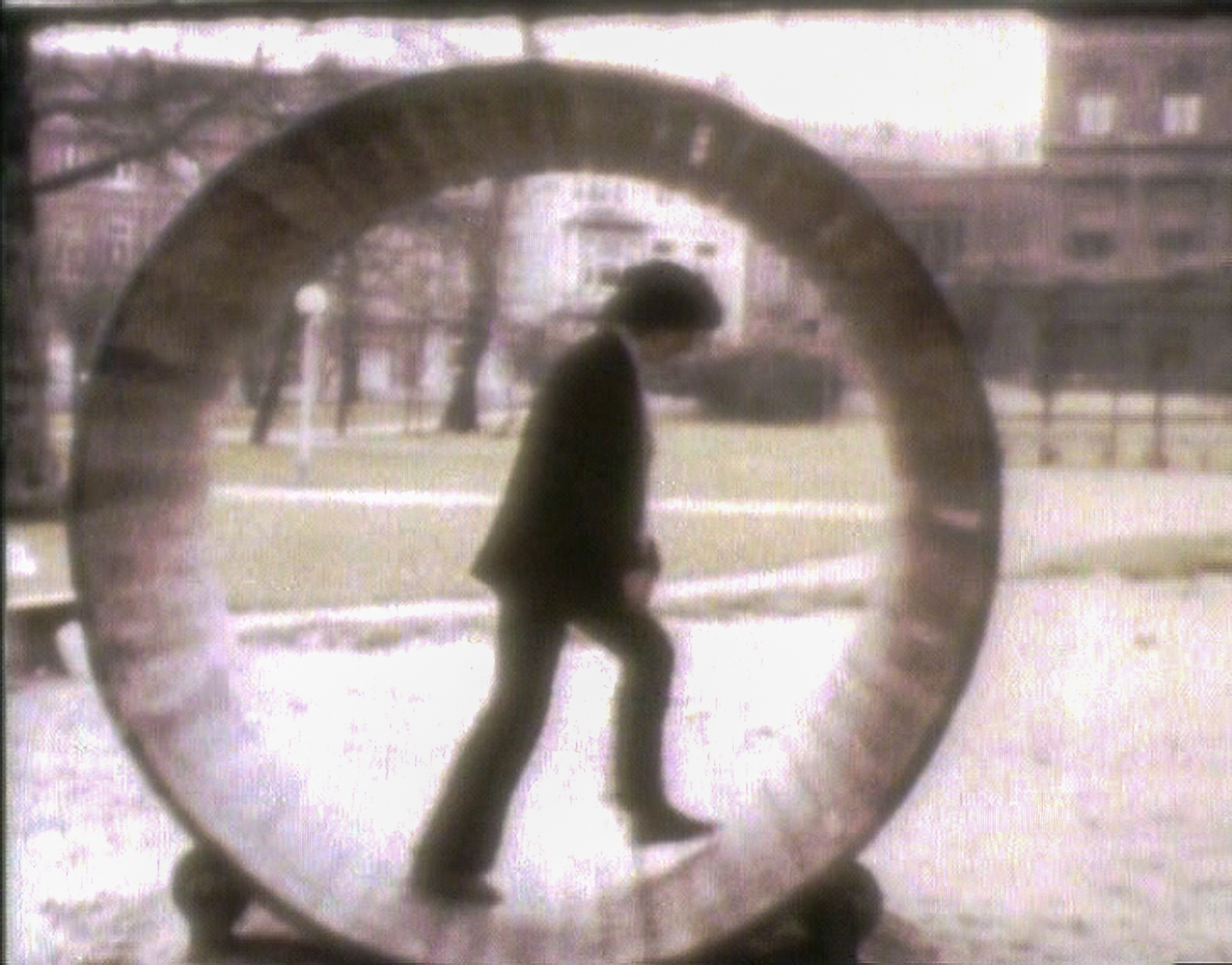 |
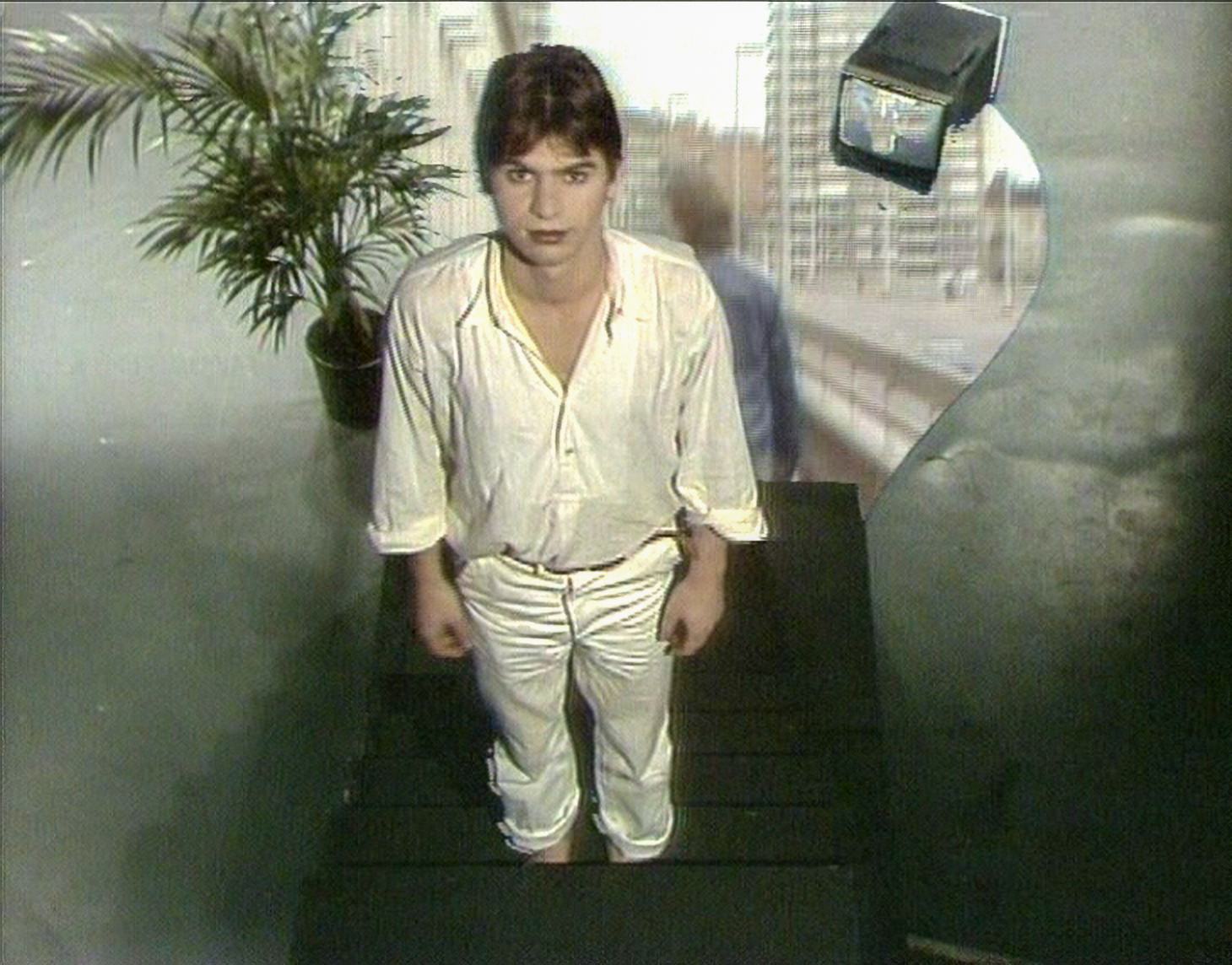 |
Inspired by Eadweard Muybridge’s experiments, the film is a meditation on walking and movement, blending Neil Armstrong (the first human on the Moon) with Charlie Chaplin’s Tramp, mixing studio scenes with street scenes.
In the age of the automobile, walking has become rare, almost anachronistic, a nostalgic luxury. Human beings walk everywhere: on land, on water, even on the Moon.
Life itself is nothing but a long walk.
In this film, the walker reigns: multiplying, changing colour, flying, walking on water, mastering infinite space. The walker is free to dream.
Produced entirely by RTB for Vidéographie, this video impresses through its inventiveness and reveals the creative potential of analog video.
Practical information
The films are shown continuously on a loop in the black box, allowing visitors to enter at any time during the exhibition’s opening hours. Admission to the Rewind, Replay Vidéographie exhibition includes access to this screening.

